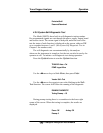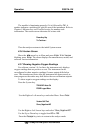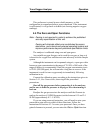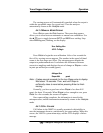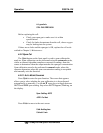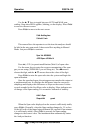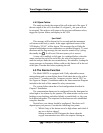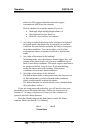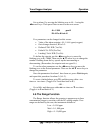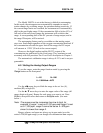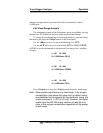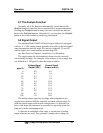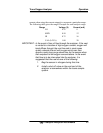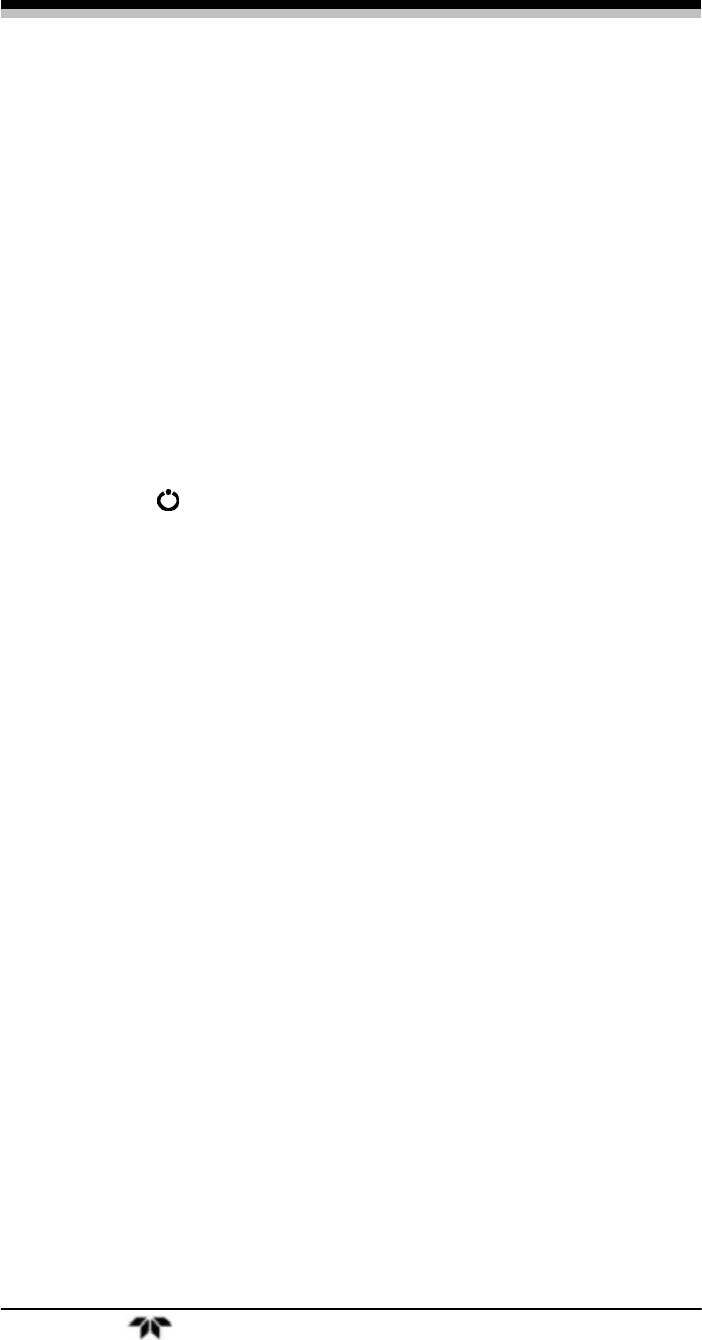
Trace Oxygen Analyzer Operation
Teledyne Analytical Instruments 49
4.4.3 Span Failure
The analyzer checks the output of the cell at the end of the span. If
the raw output of the cell is less than 0.5 uA/ppm O
2
, the span will not
be accepted. The analyzer will return to the previous calibration values,
trigger the System Alarm, and display in the VFD:
Span Failed!!
This message will be shown for five seconds and the instrument
will return to the Analyze mode. In the upper right hand corner of the
VFD display “FCAL” will be shown. This message flag will help the
operator troubleshoot in case calibration was initiated remotely. To reset
the alarm and the flag message, the unit must be turned off by cycling
the standby key . It will reset if the next span cycle is correct.
A trace cell is unlikely to fail span. As explained before, when the
sensor reaches the end of its useful life, the zero offset begins to rise
until the analyzer finds the zero unsatisfactory. Nevertheless, feeding the
wrong span gas or electronics failure could set this feature off at the end
of the span. Consider this before replacing the cell.
4.5 The Alarms Function
The Model 3000TA is equipped with 2 fully adjustable concen-
tration alarms and a system failure alarm. Each alarm has a relay with a
set of form “C" contacts rated for 3 amperes resistive load at 250 V ac.
See Figure in Chapter 3, Installation and/or the Interconnection Diagram
included at the back of this manual for relay connections.
The system failure alarm has a fixed configuration described in
Chapter 3 Installation.
The concentration alarms can be configured from the front panel as
either high or low alarms by the operator. The alarm modes can be set as
latching or non-latching, and either failsafe or non-failsafe, or, they can
be defeated altogether. The setpoints for the alarms are also established
using this function.
Decide how your alarms should be configured. The choice will
depend upon your process. Consider the following four points:
1. Which if any of the alarms are to be high alarms and which if
any are to be low alarms?
Setting an alarm as HIGH triggers the alarm when the
oxygen concentration rises above the setpoint. Setting an



